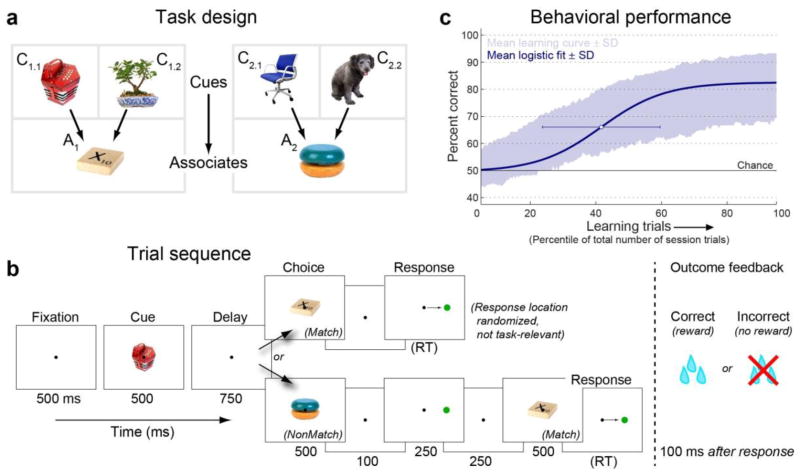Figure 1. Paired-associate learning task.
(a) Task design. Each session, four objects were designated as cue objects; each was arbitrarily paired with one of two associate objects. (b) Task trial sequence. After central fixation, a cue object was followed by a short delay and a choice object. If it was that cue’s paired associate, monkeys had to saccade to a target (whose varied location was not task-relevant); otherwise, they were required to withhold response through another delay until the correct associate was presented. Correct choices were rewarded with juice; incorrect choices resulted in no reward and were signaled by a red error screen and 3-second “time-out”. Task period durations given in ms below panels (RT: reaction time). (c) Learning performance. Shaded area: mean ± SD of percent correct performance across all 348 associations (87 sessions), plotted as a function of the percentile of each session’s trials (mean ± SD trials per session: 1117 ± 125). Blue curve: average sigmoidal learning curve fit to each association. White dot: mean ± SD of fit curve centers.

